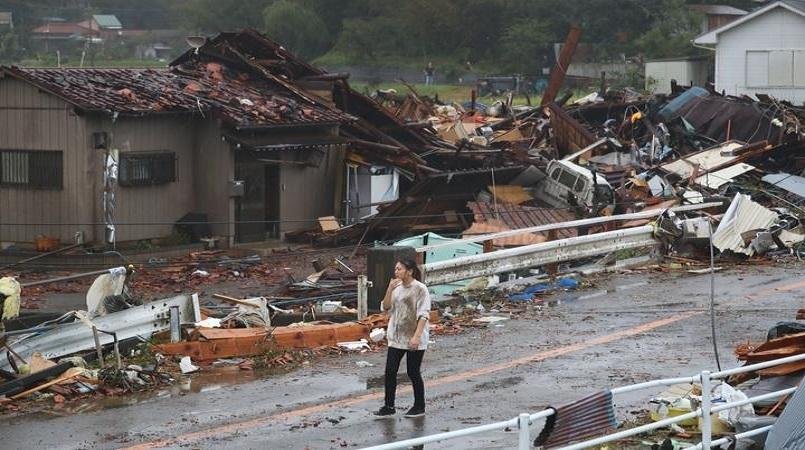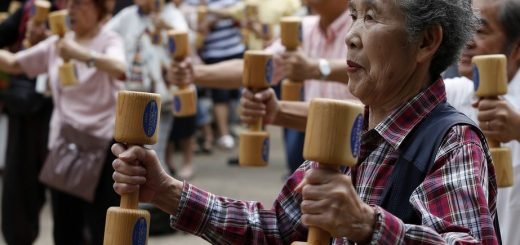The Century’s Strongest Typhoon Hagibis is about to hit Japan

Japan issued its highest level of emergency rainfall warnings for Tokyo and many surrounding areas on Saturday and advised more than five million people to evacuate their homes to avoid landslides and flooding, as one of the most severe typhoons in decades threatened the capital.
Japan’s Meteorological Agency (JMA) said Typhoon Hagibis is likely to make landfall near Tokyo on Saturday evening.
This mega typhoon threatens one of the world’s most densely populated cities, with rivers in and around Tokyo already close to bursting.
Nerves were set on edge in the capital as residents’ mobile phones issued a series of siren-style alerts on Saturday afternoon warning of steadily rising risks of flooding and mudslides.
JMA had warned the previous day that Hagibis, which means “speed” in the Philippine language Tagalog, could be as severe as a 1958 typhoon that killed more than 1,200 people in Tokyo and elsewhere in the country.
The storm weakened slightly as it approached Japan on Saturday but winds still reached 100 mph at its centre by 4 PM. (0700 GMT), with gusts up to 136 mph, making it the equivalent of a Level 2 hurricane on the U.S. Saffir–Simpson hurricane wind scale.
It is already bringing strong winds and record-breaking rains to parts of Japan’s main island of Honshu.
The JMA moved to a Level 5 warning for heavy rainfall on Saturday afternoon for parts of central and eastern Japan, implying that floods and landslides may already have occurred, and warning people to “take measures to protect lives.”
People who had left it too late to move to shelters were advised to relocate to a higher floor or find a nearby strong building, as the JMA predicted rainfall “with a level of intensity observed only once every few decades.”
At least 2 people are killed and 11 others were injured in Chiba and elsewhere in the country, after the wind blew the roofs off several houses and caused other damage.
Public transport was severely disrupted on Saturday afternoon in and around the capital, with all flights to and from Tokyo’s Narita and Haneda airports cancelled, and many subway services and most trains in the Tokyo metropolitan area suspended.
Shinkansen bullet trains stopped running between Tokyo and the cities of Nagoya and services were disrupted all the way to Osaka and Okayama in eastern Japan.
NHK said the government had ordered 262,000 people in eight prefectures in eastern and central Japan to evacuate their homes, while more than 5 million had been issued less strict evacuation “advisories.”
At least 24,000 were reported to have lost power, with the prefecture of Chiba worst affected. Chiba, which lies to the south and east of Tokyo, was still struggling to get back on its feet after another typhoon struck it in September, causing extensive damage and massive blackouts.


















